What kind of shoes should you be wearing for your workouts? Many of us choose the shoes that we see advertised on television or on the internet that our favorite athlete is promoting. But is that the best shoe to maximize your training?
When choosing the correct shoe you should take into account a few factors:
1) What kind of surface will you be training on?
2) What kind of activities will be performed?
3) Do you have any injuries or functional limitations that will affect shoe selection?
4) Do you have a wider or narrower foot type that requires a specialized shoe?
Strength Training & Plyometrics
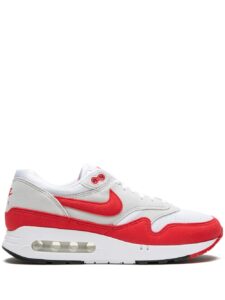
Strength training is typically done indoors on a hard, flat surface. Typically, strength training involves performing exercises with external resistance that can include dumbbells and weighted barbells. At BTF, we incorporate plyometric exercises like jumping into our workouts. This type of loading requires the individual to be wearing a shoe that is low to the surface and stable. A shoe that has an elevated heel via an air cushion or gel is a poor choice for strength training and plyometrics as it can lead to instability due to the lack of ground support.
My top choices for strength training & plyometrics:
1) New Balance Minimus TR Boa $149.99
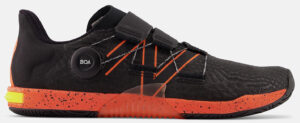 -my personal favorite as they are a minimalist shoe with just enough protection in the sole to protect the bottom of your feet and provide stability
-my personal favorite as they are a minimalist shoe with just enough protection in the sole to protect the bottom of your feet and provide stability
-good for individuals with wide feet
2) Merrell Trail Glove 7 $120
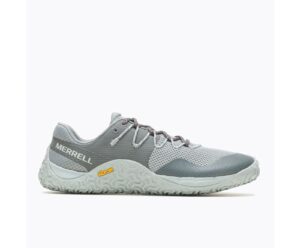 -a good minimalist shoe that is very durable while providing stability
-a good minimalist shoe that is very durable while providing stability
-does not offer a wide option but the toe box is roomy
3) TYR CXT-1 Trainer $140
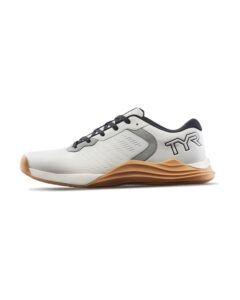 -very comfortable and a more traditional training shoe for athletes with flat or sensitive feet
-very comfortable and a more traditional training shoe for athletes with flat or sensitive feet
-9mm heel to toe drop means it will feel less like a minimalist shoe than the previous 2 shoes styles
Speed/Agility/Endurance Training
Speed and agility training can be performed on asphalt, gravel, rubberized track, artificial turf, hard-packed dirt or grass. Many individuals wear restrictive shoes all day to walk around on hard, flat, man-made surfaces. This can cause a loss of ankle, foot and toe mobility. As a result, when we walk and run, the stiffness in our ankles and feet can create injuries in the knees, hips and even low back. Many individuals benefit from minimalist shoes that encourage foot and ankle mobility when performing speed and agility training. Another advantage of minimalist shoes is that the individual feels close to the surface when changing directions which can help reduce ankle sprains. Typically, the minimalist shoes are better on less firm surfaces such as rubberized track (see my top choice for strength training above). Turf and grass can be slick when changing directions during agility drills and require a turf shoe or cleat. Harder surfaces such as asphalt, gravel and hard-packed dirt may require a more traditional training shoe.
My top choices for speed & agility training on HARD surfaces:
1) Adidas Dropset 2 Trainer $130
 -stable athletic shoe but without the bulky air or gel heel technology
-stable athletic shoe but without the bulky air or gel heel technology
-protects feet from hard surfaces
2) New Balance MX857V3 $139.99
 -traditional cross-trainer that comes in wide sizes
-traditional cross-trainer that comes in wide sizes
-protects feet from hard surfaces
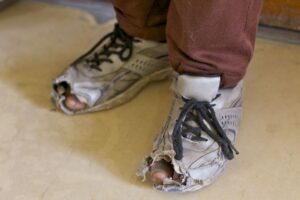 Regardless of which shoes you plan on using for your next workout, make sure you budget on replacing your shoes every 6 months (even sooner for heavier athletes or with more significant daily use). Training shoes lose their elasticity with use and need to be replaced in a timely manner. Many athletes will keep using shoes well past the time they should be replaced!
Regardless of which shoes you plan on using for your next workout, make sure you budget on replacing your shoes every 6 months (even sooner for heavier athletes or with more significant daily use). Training shoes lose their elasticity with use and need to be replaced in a timely manner. Many athletes will keep using shoes well past the time they should be replaced!
If you need further assistance with fitness shoe selection, please give us call at 310-534-1900 or email Dr. Chad at drchad@backtofunction.com.



